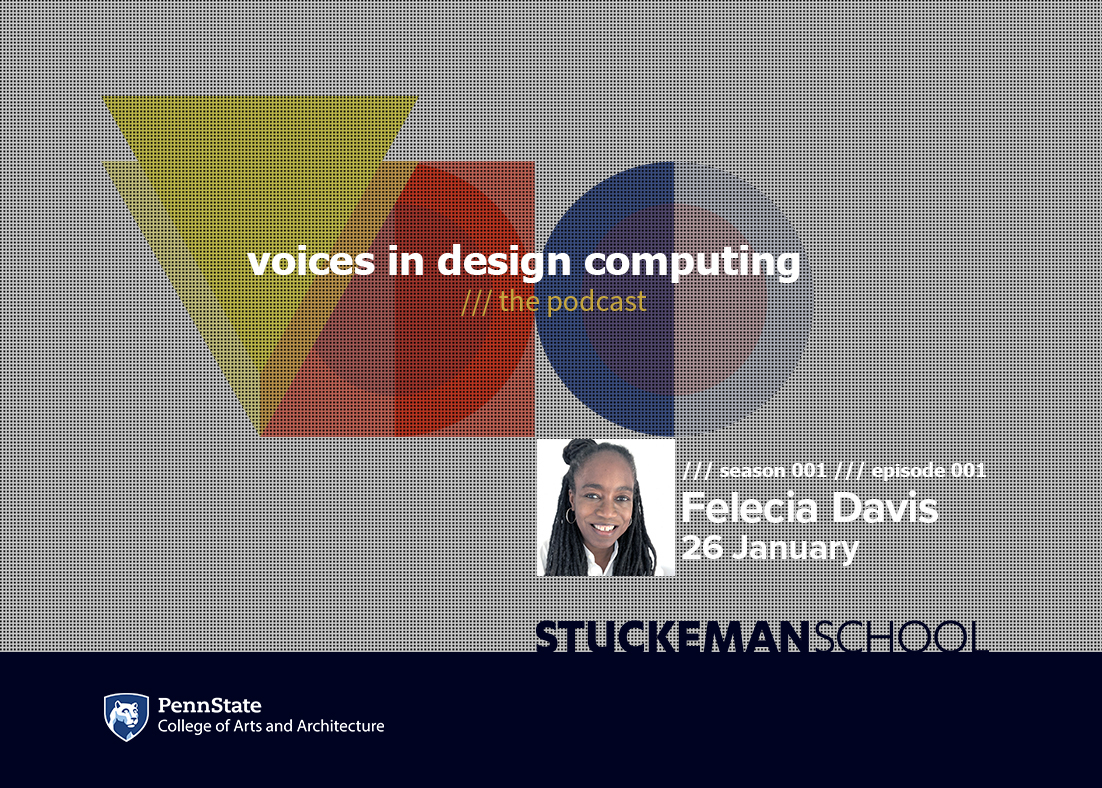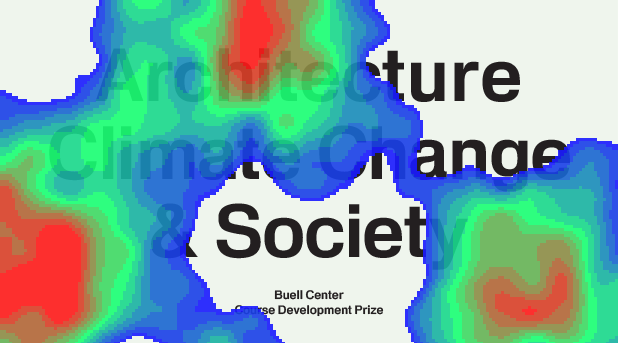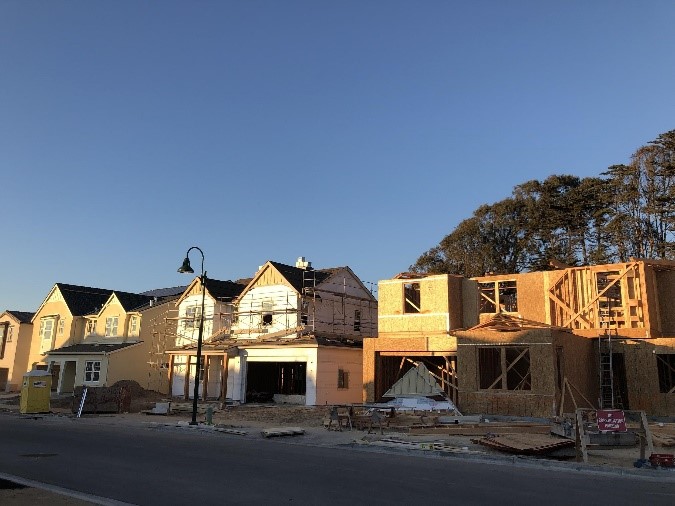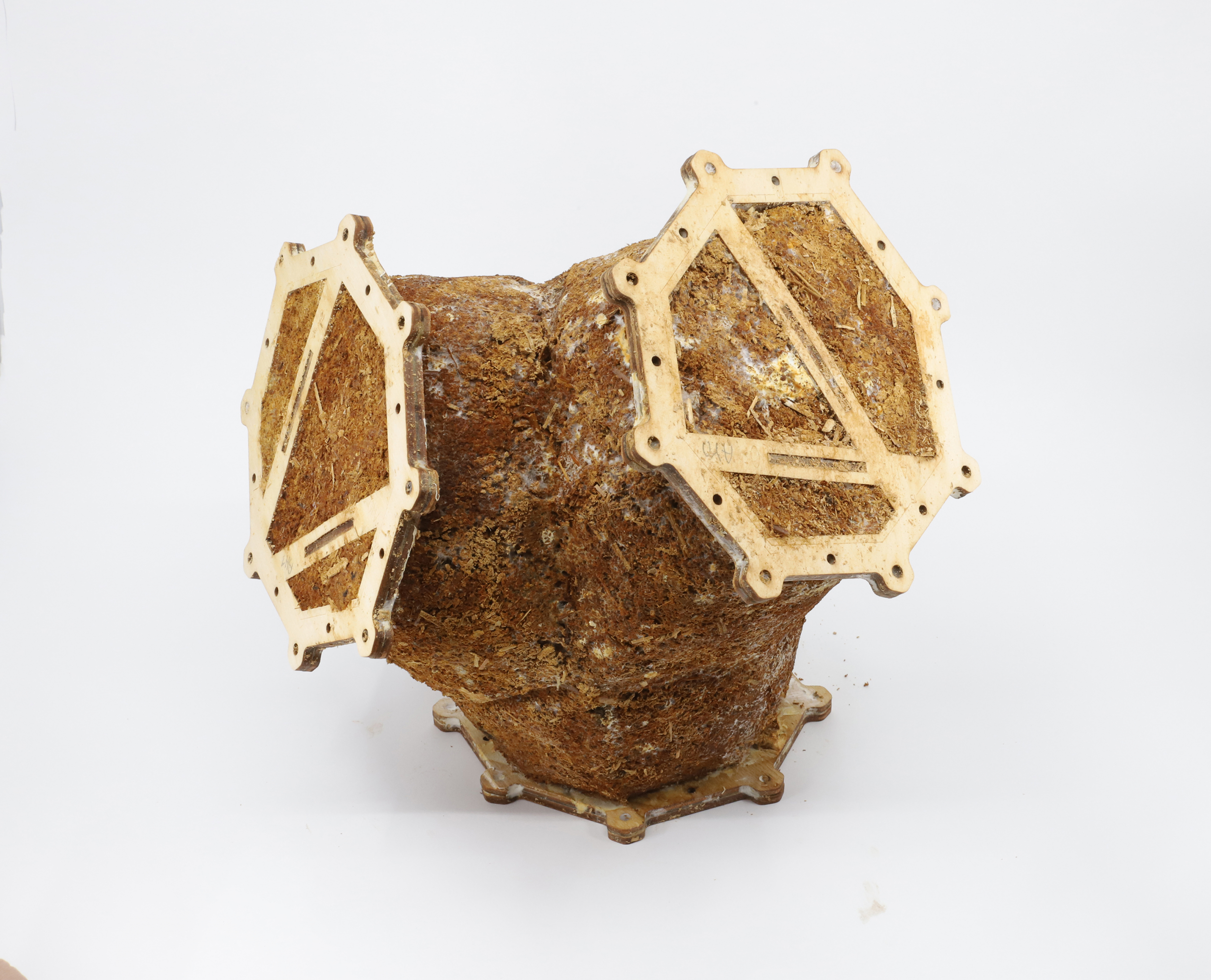Pennsylvania State University
UNIVERSITY PARK, Pa. — The Stuckeman School at Penn State is launching a new podcast series that celebrates diversity in the field of design computing on Jan. 26 with Felecia Davis, associate professor of architecture and director of the Computational Textiles Lab (SOFTLAB) in the Stuckeman Center for Design Computing (SCDC), as the first guest.
Titled “Voices in Design Computing,” the series has been organized by Heather Ligler, assistant teaching professor of architecture and a researcher in the SCDC, as part of her work as an inaugural Stuckeman Diversity and Inclusion Fellow. A total of six podcasts featuring design computing researchers from different disciplines, backgrounds and institutions will be released biweekly over the course of 12 weeks during the spring semester.
“The series emphasizes dialogue as a medium for unpacking interpretations of design computing, which is a fundamental research area within the Stuckeman School across disciplines, and aims to foreground an inclusive cross section of computational designers to represent and attract greater equity in the field,” said Ligler.
The target audience for the series, according to Ligler, is current and future students — especially underrepresented students — who may be interested in advanced research-based degrees or careers as computational designers but may not be sure what the field of computational thinking and design computing is all about.
“By talking about the various ways that computing can be interpreted, explored and applied in design, the ‘Voices’ series will help current and potential students imagine diverse futures in design and research,” she said. “By highlighting the people, disciplines and interpretations of design computing, I hope to generate more interest in computational design as an expansive field of study, with transformative social and cultural implications for a variety of creative disciplines.”
Following the Jan. 26 podcast featuring Davis, the remaining podcast release dates and guests are:
- 9 – Karla Saldaña Ochoa, assistant professor of architecture and leading researcher at SHARE lab, University of Florida School of Architecture.
- 23 – Huiwon Lim, assistant professor of graphic design, Stuckeman School.
- March 9 – Shelby Doyle, associate professor of architecture, Stan G. Thurston Professor of Design Build, co-founder of the Computational and Construction Lab and director of the Architectural Robotics Lab, Iowa State University College of Design.
- March 23 – Kyuha (Q) Shim, associate professor of design and director of the Computational Creativity Lab, The School of Design at Carnegie Mellon.
- April 6 – Derek Ham, department head of art and design, associate professor of graphic design and affiliated assistant research professor of architecture, NC State University College of Design.
The podcast episodes will be available via sites.psu.edu/voicesindesigncomputing.

 Study Architecture
Study Architecture  ProPEL
ProPEL 




